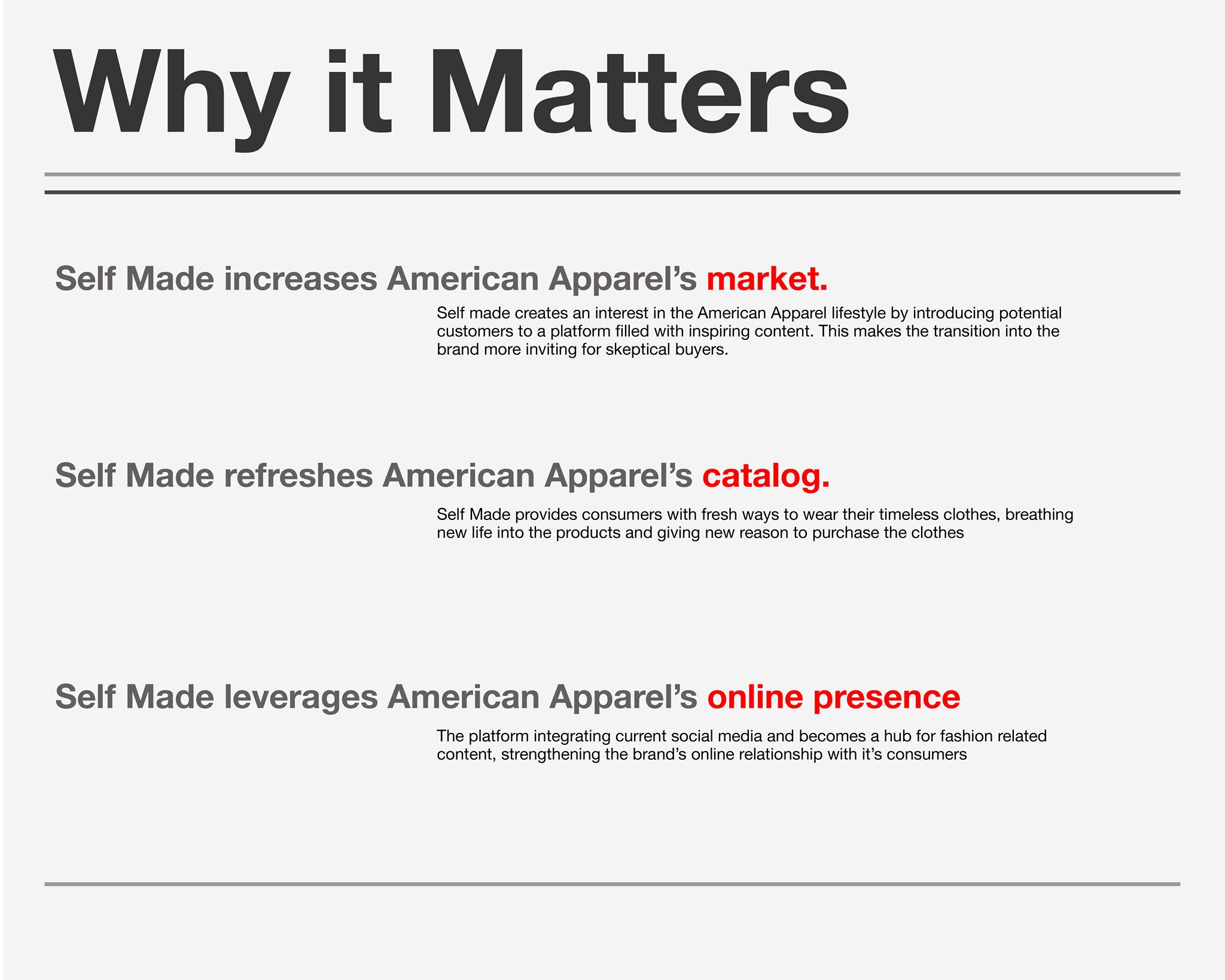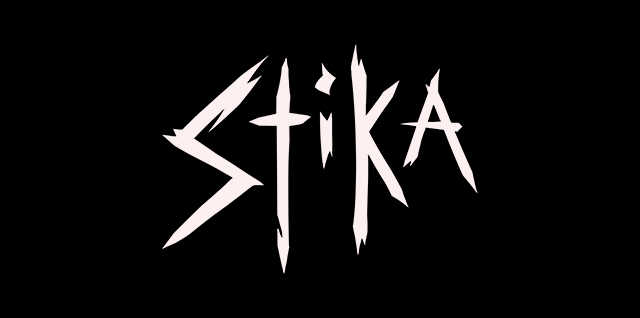The Client
For this project my team and I chose to create a design solution for the clothing retailer American Apparel. For this project I acted as one of our group’s two project leads, and took on the role of the group’s user experience designer.
My first step in approaching this design problem was to perform extensive client research of American Apparel in order to fully understand both their brand and existing consumer experience. This included identifying the core values of both American Apparel and their target audience. Another reason we chose to take on American Apparel as a client was due to their recent decline in popularity and reputation. As such I also researched into the brand's current reputation. From this I was able to identify a business problem that we could target with our design solution.
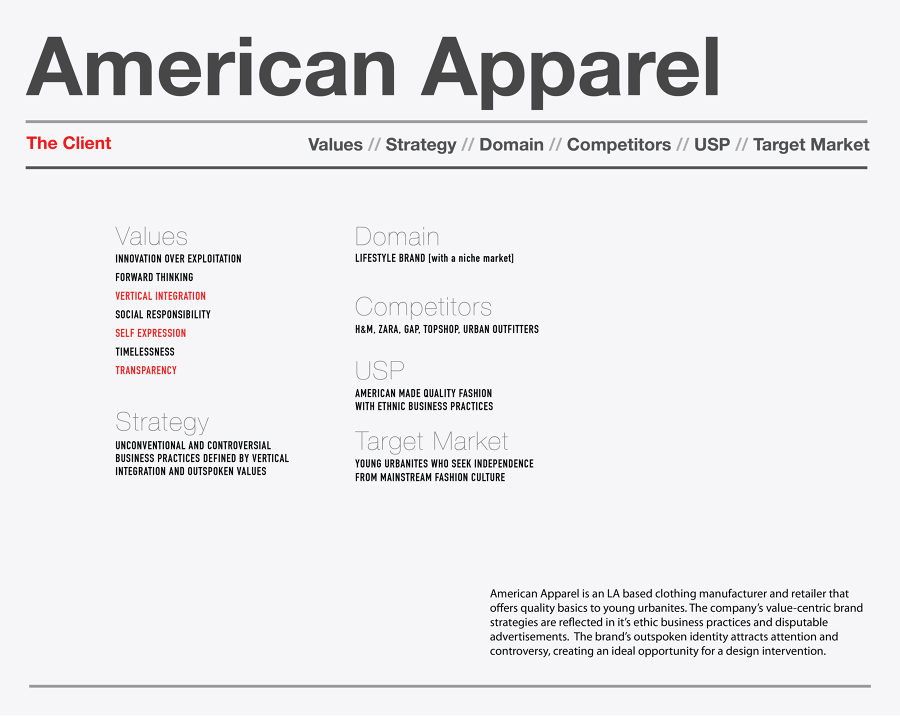
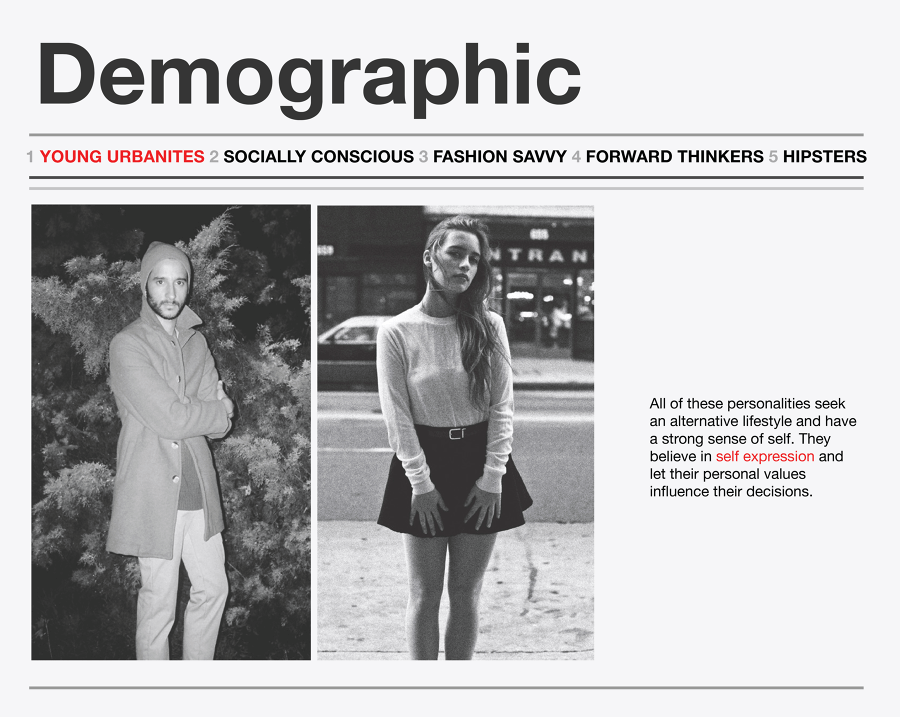
After researching the American Apparel brand and identifying a business problem my next step was to identify the key objectives that our design would need to meet in order to provide a working brand solution.
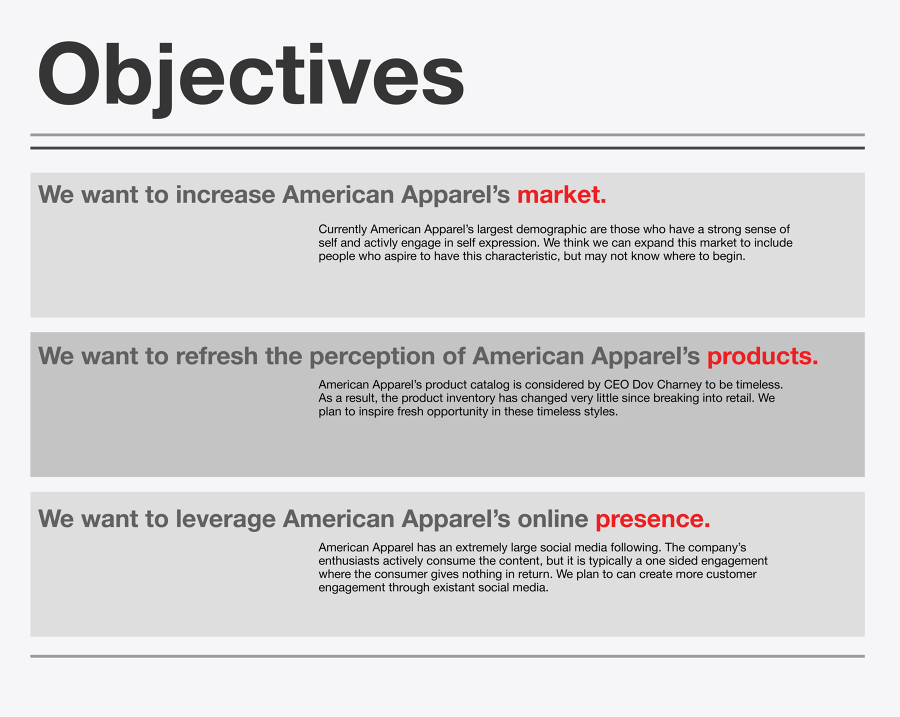
Finally I also created a design "opening" which summarised the intended user experience of our solution in a single sentence.
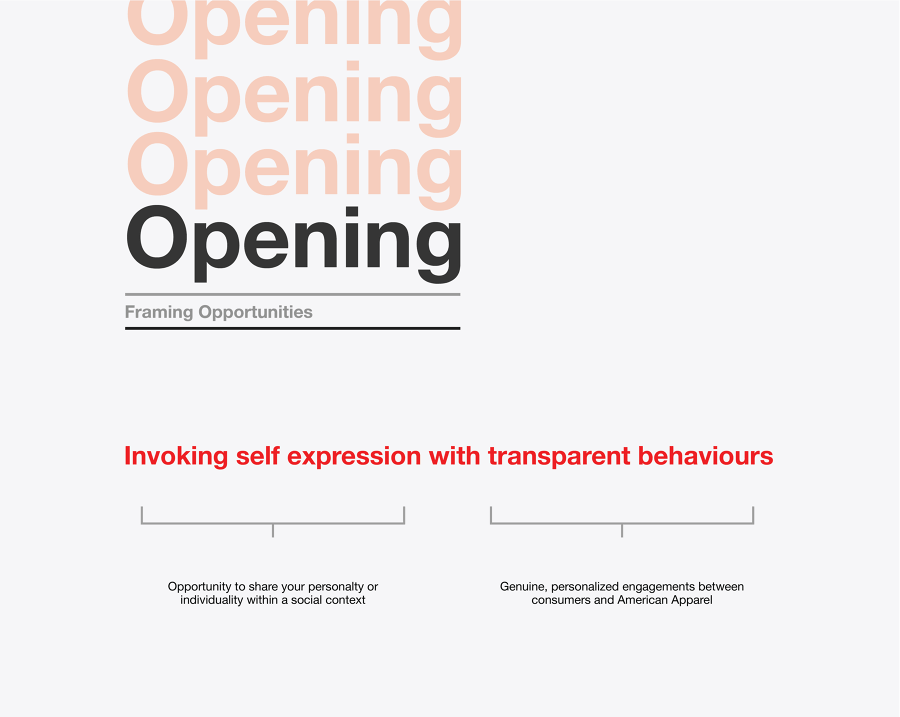
Design Solution
Self Made is a digital platform for young urbanites to discover new fashion possibilities through an emergent filter system. It guides potential customers into a relationship with the brand to create a larger market and increased sales.
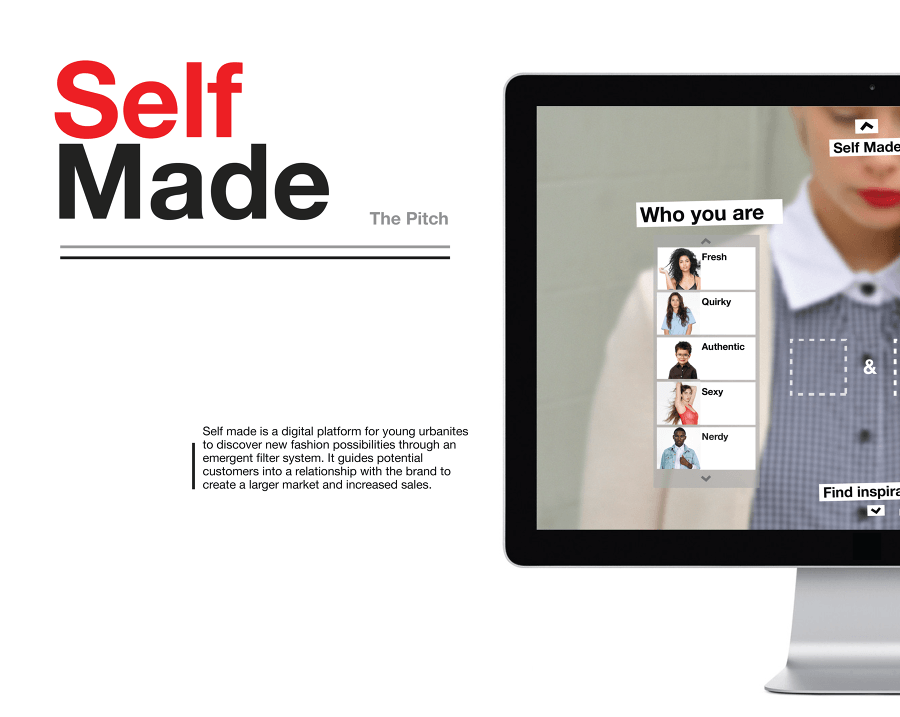
Through earlier research I discovered a trend for American Apparel consumers to frequently also act as amatuer fashion bloggers. Some of these consumers even went as far as to create unofficial amateur modeling competitions where they created outfits consisting of American Apparels clothing. As our design objectives included leveraging American Apparel's social media and creating consuimer self expression I felt this was a strong precedent to begin building out design intervention.
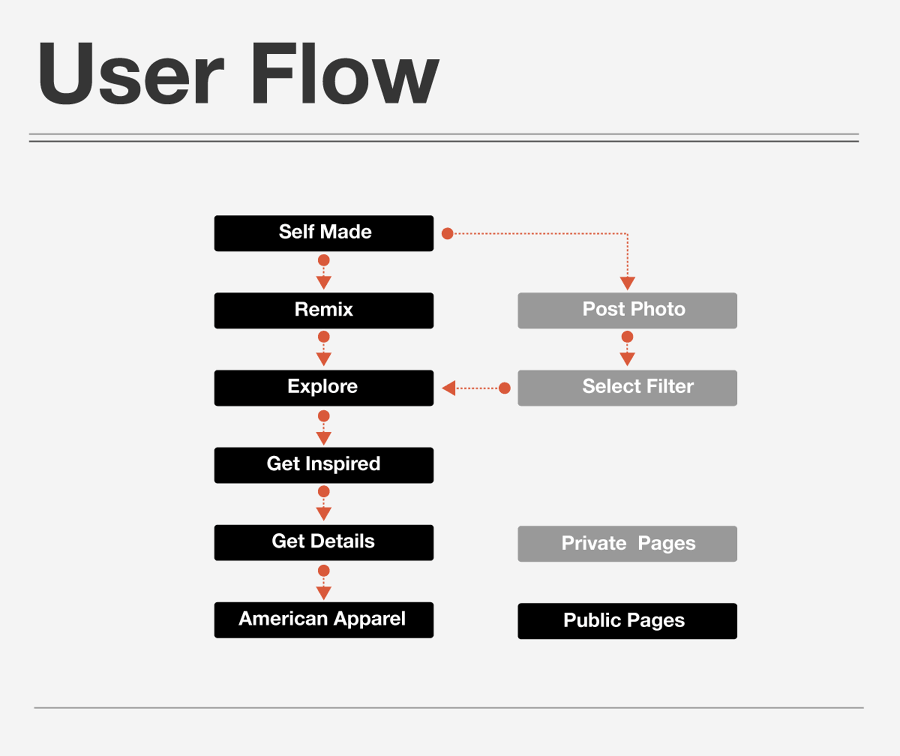
Problems Encountered
One problem we encountered with the American Apparel brand is that many aspiring consumers are too intimitaded to begin shopping, they often feel as though they are not trendy enough to create outfits with the basic clothing and become discouraged. To address this challenge I decided to leverage the experienced amateur model American Apparel consumers to act as fashion icons and mentors in order to allow aspiring comsumers to break into the brand.
Another problem we encountered was how to revitalise the American Apparel shopping experience. We learned from earlier research that many American Apparel consumers view their clothing as a strong part of their identity and lifestyle. After researching a number of novel filtering methods I discovered the abstract filtering used by Rdio. In this method Rdio allows the user to search for new music while filtering how relevant their results are to their search query. To utilize this method I decided to create a clothing filter system that filtered items categorically based on social contexts and personality types. This allowed consumers to shop for items that are suited to both who they are and how they live which made the shopping experience much more personal to them.
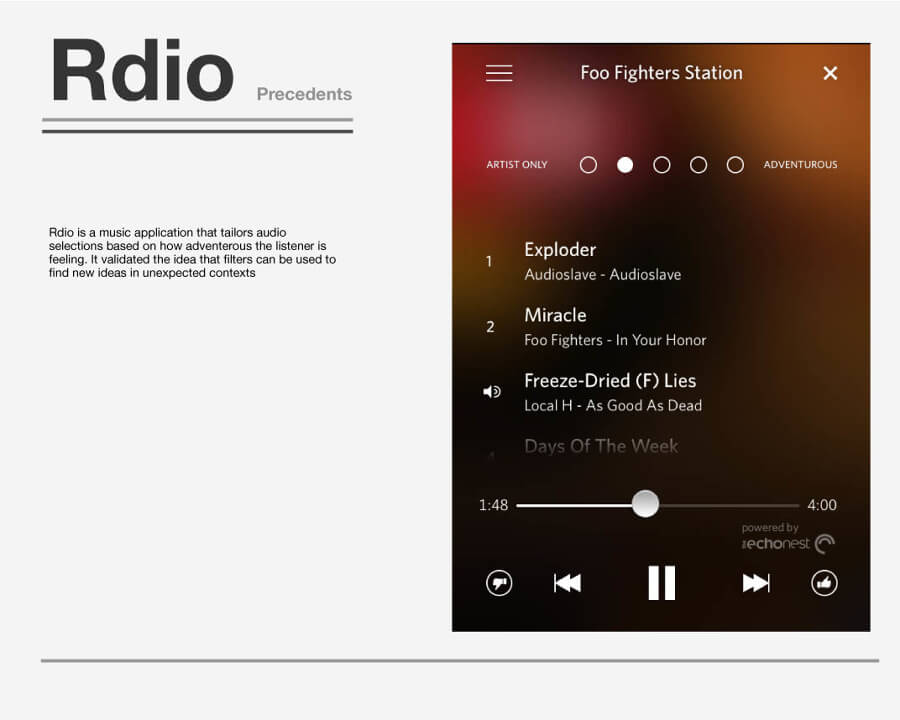
The final problem we encountered was how to intuitively guide our user's and tech them how to use an unfamiliar filter system. After studying the onboarding processes of several popular websites I discovered Tumblr's method of gamifying their user account setup process. With this method Tumblr uses empty content boxes as a visual call-to-action encouraging the user to fill them in. By implementing this system I was able to visually encourage the user to engage with our new filter system and proceed towards a purchase.
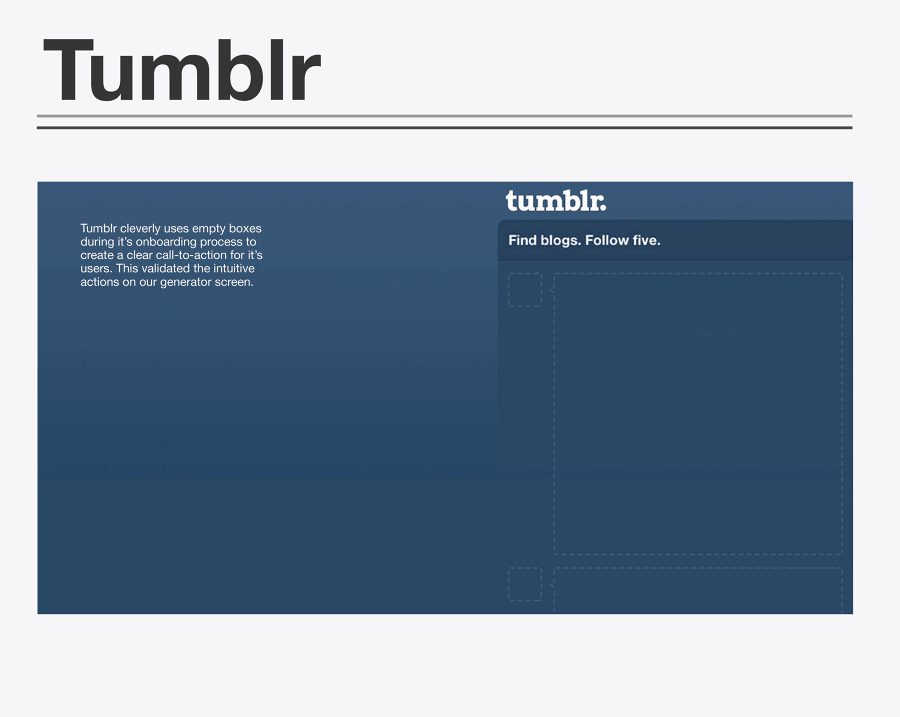
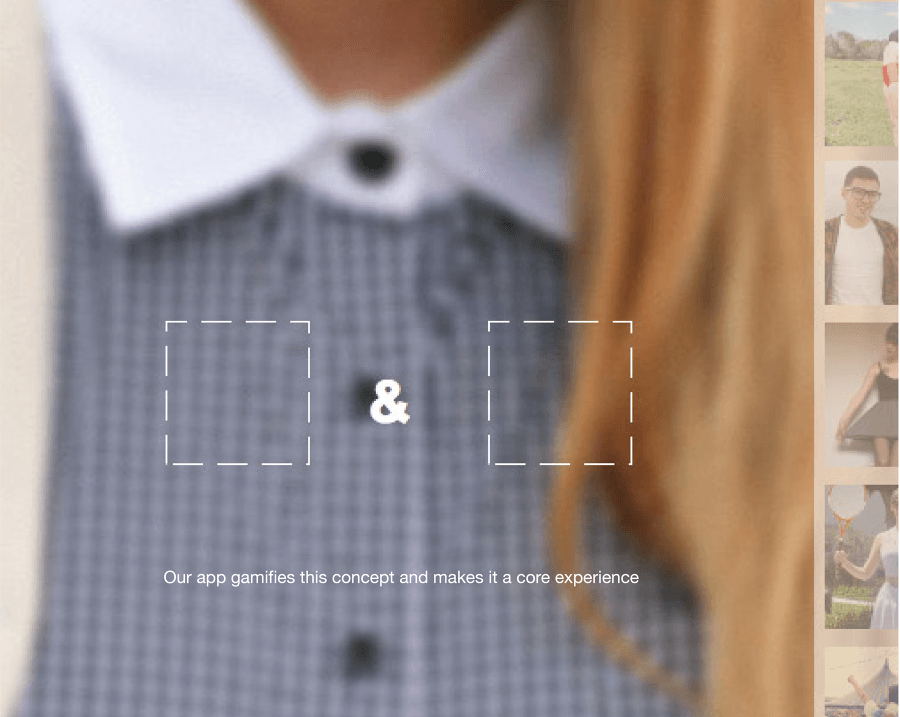
My Role
In addition to the work listed above I was also responsible for creating additional design deliverables. My next step was to create a visual representation of the touchpoints created by our application. I decided to also display the original American Apparel touchpoints in order to create a visual comparison of the effect that SelfMade has on the consumer's experience at each stage of their engagement.
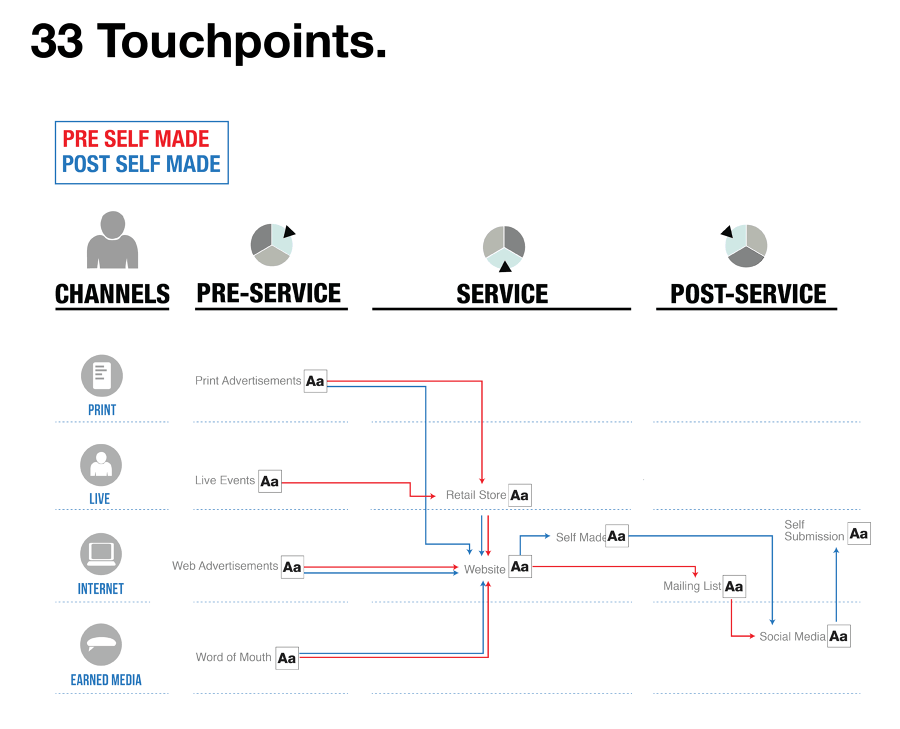
Next I created a customer journey framework outlining the concerns of both the client and consumer at each stage of their jounrey. I later deciced to add my own thoughts and concerns to the framework. I felt this was an effective way to visually display my intentions for each stage of the design and to compare if those intentions were meeting the concerns of the client and consumer.
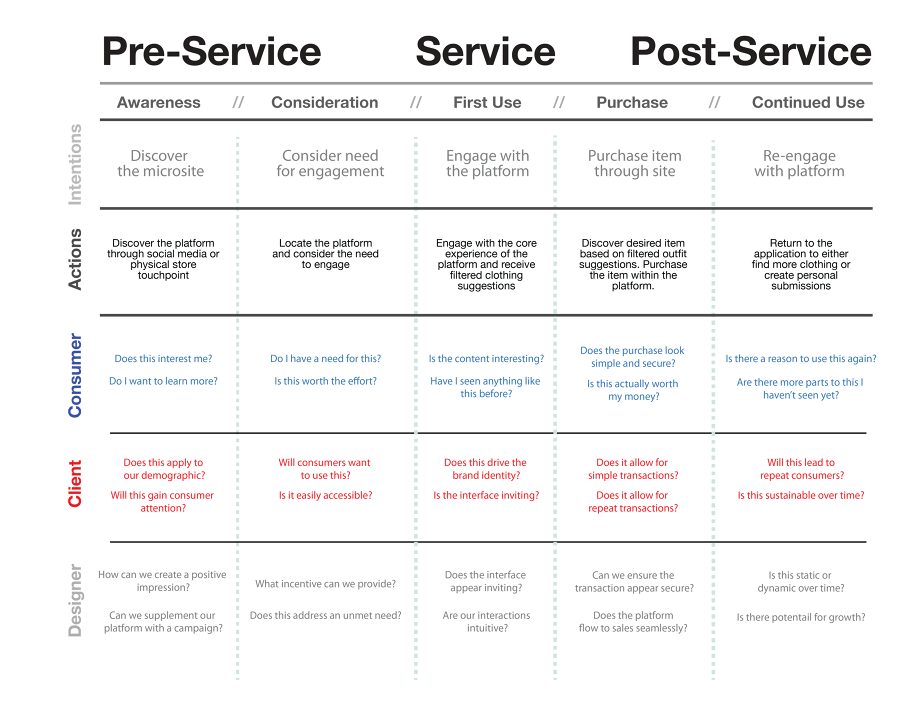
Finally I created a process framework as a visual representation of the processes and decisions my team and I had encountered throughout the project. I felt this was useful as a visual roadmap for future designs while also forcing me to retrace my own process and ensure that we had not overlooked any details in our process.
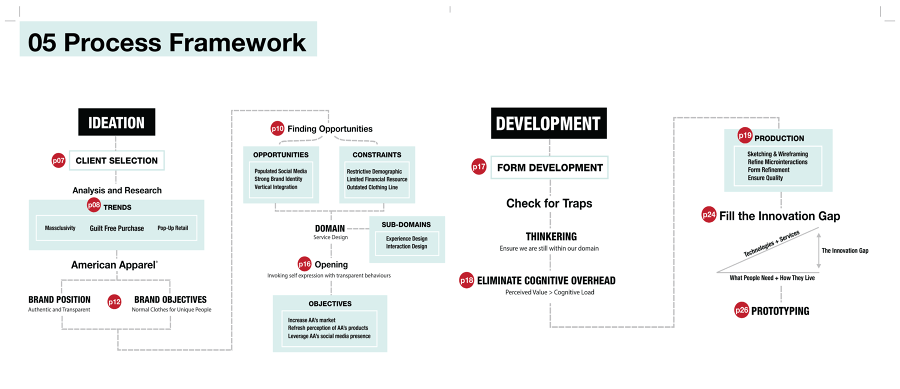
Prototyping
After completing the design and form developments of the project we created a final Axure prototype. This prototype was created as a high fidelity representation of our design in it's intended context. Prior to our final submission I was also able to use the Axure prototype as a tangible method of testing my user experience and identifying any lacking touchpoints.
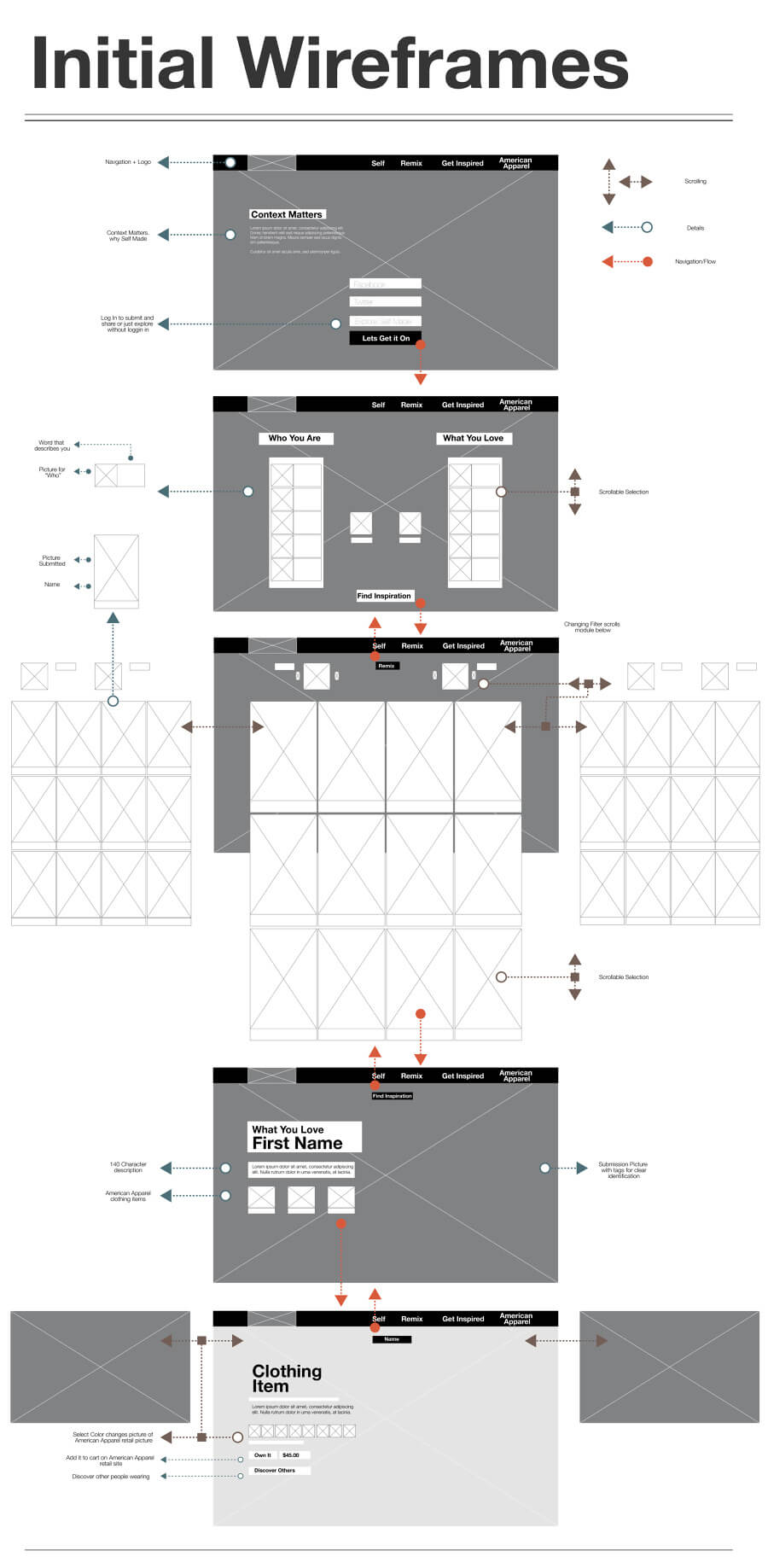
Outcome
In the final design stage I revisited the initial design objectives and ensured that our completed design fully satisfied each of them.
